Hi everybody,
A friend of mine photographed this snipe at about 2000 meters elevation on the way to San Alberto in the Yanachaga Chemillén NP, in Pasco, central Peru.
If I'm not mistaken, it's either Puna or Pantanal Snipe, which are the two smallish, white-bellied snipes in most of Peru, but neither is typically found in cloud forest!
Puna Snipe occurs in Santa Barbara, a different sector of the national park, maybe 30 km away in a straight line on the other side of the valley, and 1500 meters higher up, right above the tree line. There is also a narrow fringe of puna habitat directly above the San Alberto sector (less than 10 km in a straight line) where the Yanachaga Cordillera tops out at about 3800 masl, where the Puna Snipe might occur as well.
Meanwhile, Pantanal Snipe hasn't been recorded from the lowlands of central Peru, but that's most likely due to the lack of observers, and birds of the world mentions that it has occasionally been recorded as high as 2600 masl. The closest spot where I would expect it is El Oconal lake, about 20 km to the south. Even though it sits at 1500 masl, it notoriously holds a number of species typical of Amazonian lowlands (Snail Kite, Least Bittern, Brazilian Teal, plus vagrant Black Skimmer, Roseate Spoonbill, etc).
Obviously these two snipes normally segregate by habitat and some 3000 meters elevational difference, so I haven't been able to find any info on actual features to tell them apart.
I have spent a while looking at photos on Macaulay, and I'm thinking Puna Snipe, but I would love some input from the experts!
If it's any help, I'm including my own photos of both species, Puna Snipe, taken in Santa Barbara, and Pantanal Snipe, photographed near Puerto Maldonado.
Thanks in advance!
Thibaud
A friend of mine photographed this snipe at about 2000 meters elevation on the way to San Alberto in the Yanachaga Chemillén NP, in Pasco, central Peru.
If I'm not mistaken, it's either Puna or Pantanal Snipe, which are the two smallish, white-bellied snipes in most of Peru, but neither is typically found in cloud forest!
Puna Snipe occurs in Santa Barbara, a different sector of the national park, maybe 30 km away in a straight line on the other side of the valley, and 1500 meters higher up, right above the tree line. There is also a narrow fringe of puna habitat directly above the San Alberto sector (less than 10 km in a straight line) where the Yanachaga Cordillera tops out at about 3800 masl, where the Puna Snipe might occur as well.
Meanwhile, Pantanal Snipe hasn't been recorded from the lowlands of central Peru, but that's most likely due to the lack of observers, and birds of the world mentions that it has occasionally been recorded as high as 2600 masl. The closest spot where I would expect it is El Oconal lake, about 20 km to the south. Even though it sits at 1500 masl, it notoriously holds a number of species typical of Amazonian lowlands (Snail Kite, Least Bittern, Brazilian Teal, plus vagrant Black Skimmer, Roseate Spoonbill, etc).
Obviously these two snipes normally segregate by habitat and some 3000 meters elevational difference, so I haven't been able to find any info on actual features to tell them apart.
I have spent a while looking at photos on Macaulay, and I'm thinking Puna Snipe, but I would love some input from the experts!
If it's any help, I'm including my own photos of both species, Puna Snipe, taken in Santa Barbara, and Pantanal Snipe, photographed near Puerto Maldonado.
Thanks in advance!
Thibaud
Attachments
-
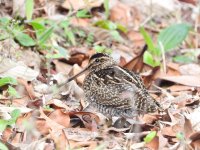 Mystery Snipe 1.jpeg460.2 KB · Views: 46
Mystery Snipe 1.jpeg460.2 KB · Views: 46 -
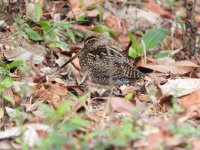 Mystery Snipe 2.jpeg423.2 KB · Views: 47
Mystery Snipe 2.jpeg423.2 KB · Views: 47 -
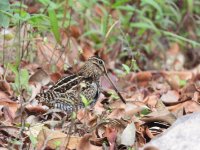 Mystery Snipe 3.jpeg436 KB · Views: 36
Mystery Snipe 3.jpeg436 KB · Views: 36 -
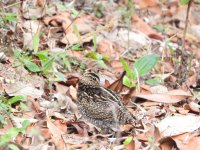 Mystery Snipe 4.jpeg485.5 KB · Views: 34
Mystery Snipe 4.jpeg485.5 KB · Views: 34 -
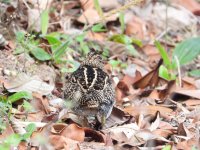 Mystery Snipe 5.jpeg457.4 KB · Views: 36
Mystery Snipe 5.jpeg457.4 KB · Views: 36 -
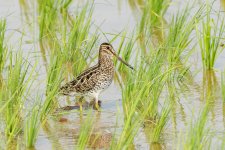 Pantanal Snipe 1.jpg1.7 MB · Views: 35
Pantanal Snipe 1.jpg1.7 MB · Views: 35 -
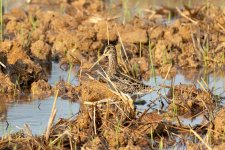 Pantanal Snipe 2.jpg2.3 MB · Views: 31
Pantanal Snipe 2.jpg2.3 MB · Views: 31 -
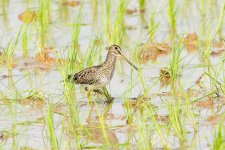 Pantanal Snipe 3.jpg1.5 MB · Views: 27
Pantanal Snipe 3.jpg1.5 MB · Views: 27 -
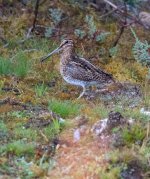 Puna Snipe 1.jpg2 MB · Views: 30
Puna Snipe 1.jpg2 MB · Views: 30 -
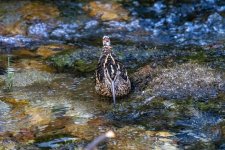 Puna Snipe 2.jpg240 KB · Views: 29
Puna Snipe 2.jpg240 KB · Views: 29 -
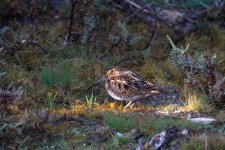 Puna Snipe 3.jpg3.5 MB · Views: 45
Puna Snipe 3.jpg3.5 MB · Views: 45



